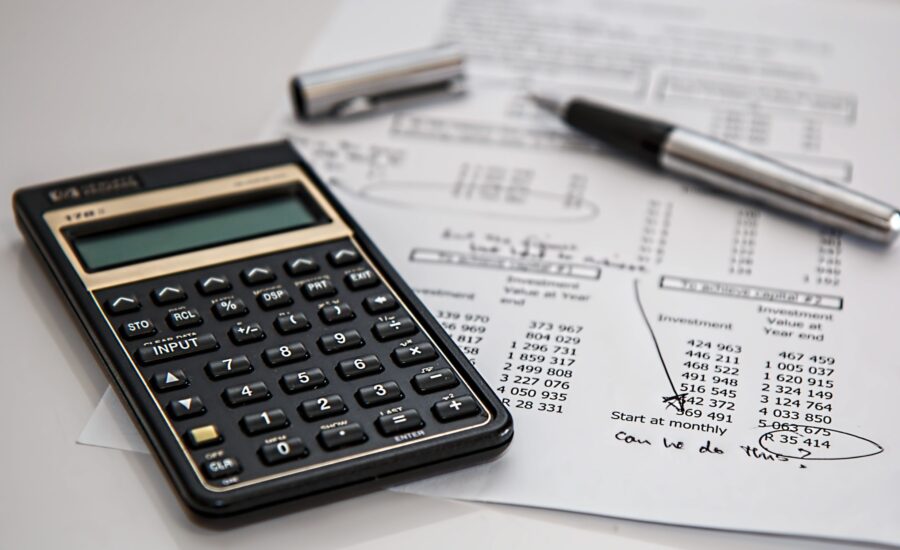How bad is your debt?

Presented By
CIBC Pace It
I am constantly amazed at the number of people who have no idea how much money they owe.
Advertisement

Presented By
CIBC Pace It
I am constantly amazed at the number of people who have no idea how much money they owe.

Share this article Share on Facebook Share on Twitter Share on Linkedin Share on Reddit Share on Email